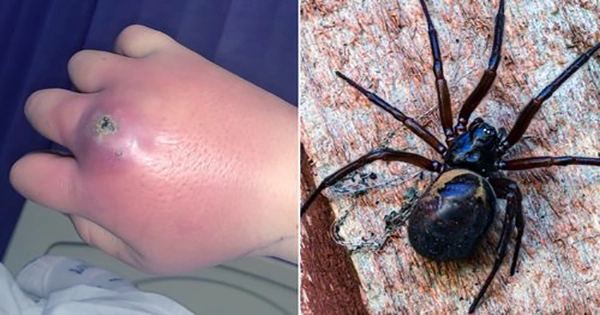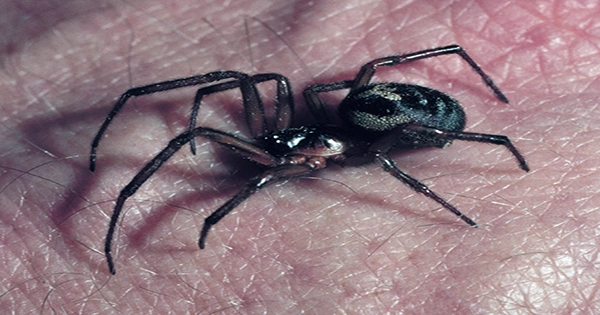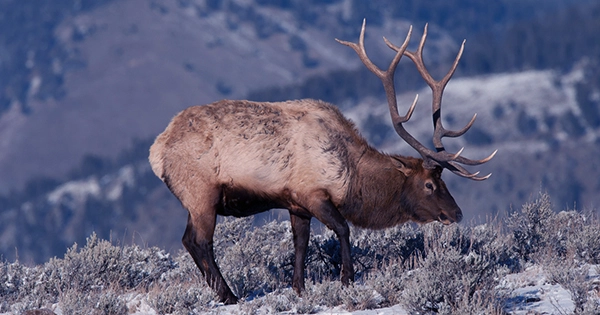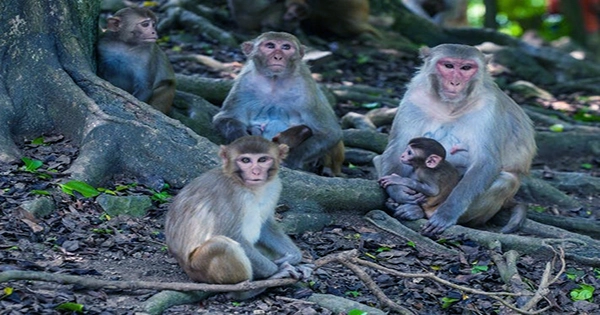The deadly bite of the black widow is feared by arachnophobes, a reputation that has been unfairly applied to the noble false widow (Steatoda nobilis), whose bite isn’t particularly venomous to humans but can transmit antibiotic-resistant bacteria, leading to serious infections. However, one of these spiders recently shown that they still have a lot of bite by grabbing, killing, and devouring a mammal for the first time. One dead young bat and a still-alive adult bat were discovered entangled in a web outside an attic in Shropshire, Britain, as the ambitious arachnid’s unusual supper.
According to the researchers, this is the first time a tangle-web spider (Theridiidae family) has killed a bat anywhere in the world, and the first vertebrate killed by such a spider in the United Kingdom. They discuss how the noble false widow spider, Steatoda nobilis, has expanded its range internationally, including portions of Europe, in their work “Webslinger vs. Dark Knight First record of a false widow spider Steatoda nobilis preying on a pipistrelle bat in Britain,” published in Ecosphere.

There are now 66 invasive species listed in the European Union, none of which are spiders, but experts propose that noble false widows might be a contender for the list after their discovery. Why? Because it looks that they may be consuming endangered species. The specific species of the bats involved in the play is unknown, but based on their size, they are thought to be either common pipistrelles or soprano pipistrelles. The Wildlife and Countryside Act of 1981, as well as the Conservation of Habitats and Species Regulations of 2017, protect both.
The observation was made possible by a roost of bats that had taken up residence in one of the research authors’ attics in north Shropshire, in an example of scientific serendipity. In the spring of 2021, they were joined by a huge false widow spider that spun a web on the corner of an exterior chimney breast. The spider had trapped a little bat pup by summer, which was lifeless, silk-wrapped, and somewhat shrunken from being fed. The catch occurred overnight, and while the deceased pup was finally removed from the web, an adult bat was discovered in the identical situation 24 hours later.
The author intervened to free the still-alive (and still protected – at least under human law) pipistrelle from the web and restore it to its roost. The study authors stated, “The predation incident on a bat described here is the second incidence of predation by S. nobilis on a protected vertebrate species.”
“Although recorded reports of spiders feeding on vertebrates appear to be uncommon… The real frequency of such incidents might be far higher than previously thought.” “As S. nobilis continues to expand its range and population density outside of its natural region, we should expect additional species, particularly rare, threatened, or protected species, to fall prey to this spider.” S. nobilis should be closely monitored to determine its entire impact on native creatures and whether or not it should be classified as an invasive species in areas where it is most prevalent.”
















